Headless Commerce: How It Transforms the Traditional Commerce Landscape?
Successful adoption of newer commerce technologies has become critical to businesses wading through a fragmented digital commerce environment. Enterprises wish to achieve customer experience driven by continuous innovation at scale and speed. To create uniform experiences at multiple touchpoints they need to leverage the power of data for real-time decision making.
But how to keep up with new integrations without interrupting critical everyday operations? That’s where a traditional commerce approach, where front-end and back-end presentations are tightly coupled, must be superseded by a “headless commerce” approach.
What You’ll Learn From This Insight:
I. What Is Headless Commerce and Why It Is Needed?
II. The Headless Commerce Structure
III. How Headless Commerce Solves eCommerce Challenges?
IV. 3 Reasons To Choose Headless Commerce
V. How Headless Commerce Helps Businesses?
VI. Want to Deliver Commerce Functionalities Where Your Customers Are? Do It With Headless Commerce
- Simplicity and Scalability
- Multi-platform Shopping Experience
- CMS Agnostic Decoupled Commerce
- Open Source Commerce for Innovation
VII. Pimcore Open Source Commerce Fuels Experience Driven Shopping
What Is Headless Commerce and Why It Is Needed?
Headless commerce is an approach where the presentation layer or the front-end layer is decoupled or detached from the commerce platform. It is needed by eCommerce businesses to attain higher flexibility and independence in managing user experience and content management while achieving excellence in commerce delivery.
The Headless Commerce Structure
In a headless commerce structure, the presentation layer, which is generally a theme or template is decoupled from the eCommerce platform. However, it stays connected to the backend systems like ERPs (Enterprise Resource Planning), PIM (Product Information Management), OMS (Order Management System), and other applications through an API layer. APIs are employed to deliver commerce services and pave the way for solid, secure, scalable solutions, which are platform agnostic, highly flexible, customizable and ready for any number of omnichannel integrations.
Also read-
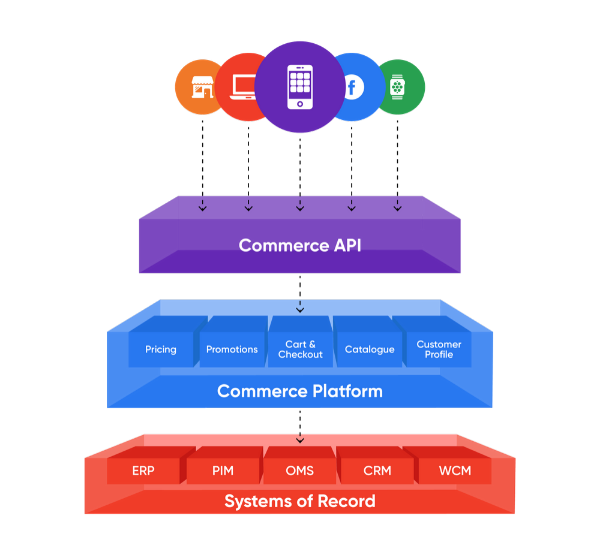
How Headless Commerce Solves eCommerce Challenges?
A headless commerce approach helps businesses go after best of both the aspects of commerce and content without being dependent on a single system’s ability to offer both. As a result, they help eCommerce businesses tackle slower go-to-market, low innovation, steep development price, low scalability, and lack of agility and customization.
3 Reasons To Choose Headless Commerce
#1: Flexibility & Customization

You can manage the content and deliver it to any channel. Since there’s no front-end, developers can create user experience from scratch without any constraints – to suit your brand’s image and identity. This is inconceivable with monolithic commerce platforms where templates and pre-packaged software determine user experience. Customization also involves quick and easy inclusion of systems like PIMs, OMS, ERPs, shipping logistics; modification, enhancement, extension via apps; as well as adding a custom checkout flow or a new field to customer account. It’s all achievable with a headless architecture.
#2: API Delivered Commerce

In a headless architecture, the presentation layer is removed, which hands you the power to define where commerce takes place, with the help of APIs. Data is made available, no matter what device or channel users are on. A variety of omnichannel networks can be enabled, from web applications to IoT devices, and integrated with content management systems. The two sets of APIs mostly used are REST and GraphQL. These APIs can be integrated with any touchpoint, to create advanced omnichannel experiences.
#3: Get Future Ready

With headless commerce, brands can quickly implement and develop new solutions at a much faster pace, as user experiences can be crafted from scratch because of no interdependencies, and no need for reconfiguring any back-end logic. This is primarily because a decoupled architecture facilitates seamless integration with new systems and reaches consumers swiftly. Headless commerce makes it possible to support newer technologies and trends, so that absolutely nothing slows down innovation.
How Headless Commerce Helps Businesses?
Headless commerce helps businesses by building highly secure, scalable, and streamlined content and commerce solutions that use best-of-breed platforms. Through an API-centric approach, commerce can take place wherever needed. As a result, businesses can stay nimble, platform-agnostic, and keep up with the latest technological advancements continuously.
Want to Deliver Commerce Functionalities Where Your Customers Are? Do It With Headless Commerce
Simplicity and Scalability
Brands focus on creating engaging front-end experiences on diverse touchpoints and devices. It’s much simpler to scale and adapt your business according to your needs, as backend can output whatever you want and get it delivered wherever you wish to. This makes way for quick and easy entry into newer regions and markets. The scalability can:
- Minimize the likelihoods of security breaches as a platform can be constantly scaled into a more safe and secure version.
- Help your business adapt better, since your backend can output anything, anywhere as per your wishes
- Meet evolving consumer demands by linking systems seamlessly to improve innovation, and increase ROI.
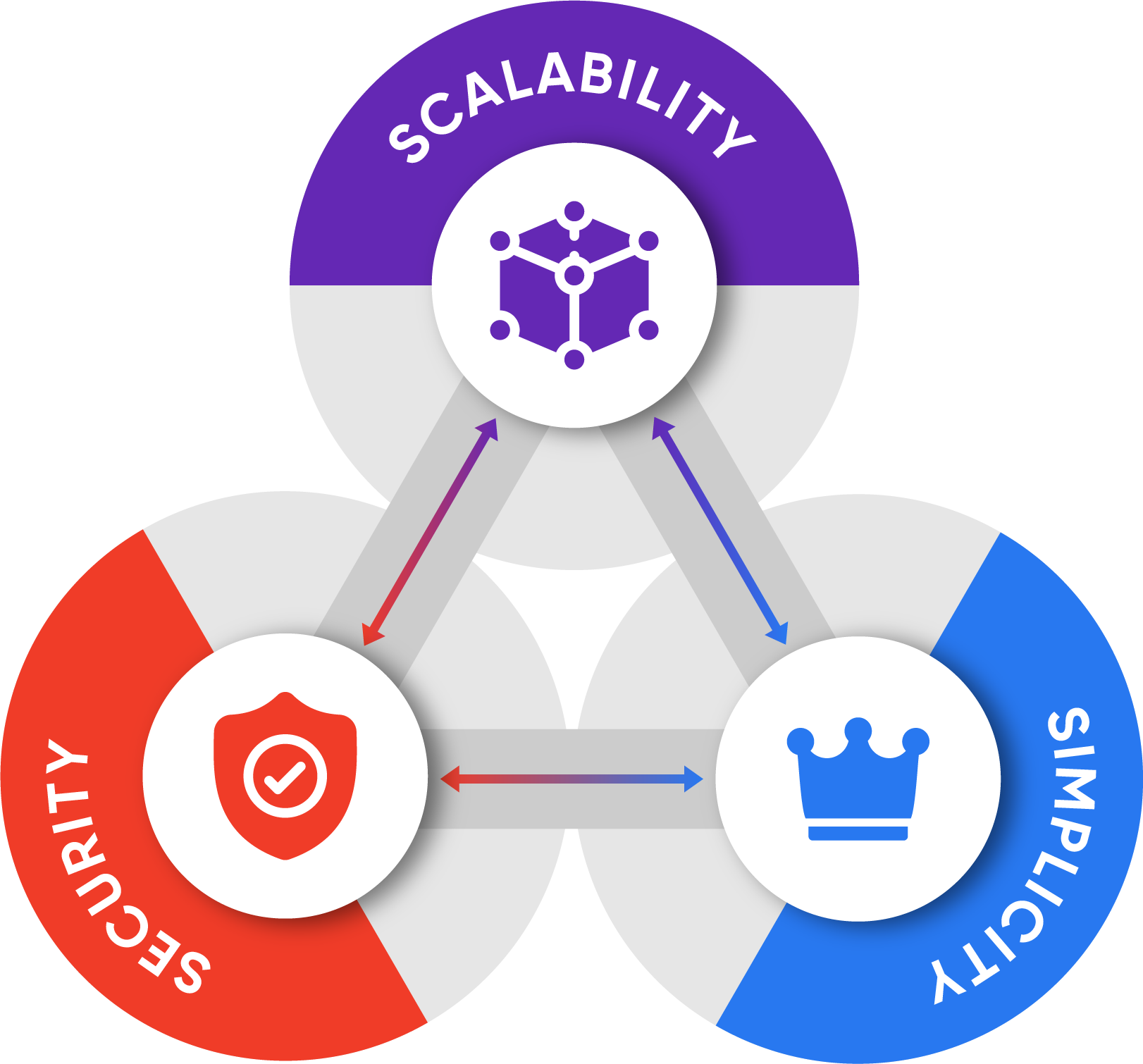
Pimcore eCommerce Framework is Highly Scalable
Since Pimcore is built on a standardized, robust, open and service-oriented architecture, and is completely API driven, it fits the needs of enterprises that have millions of products, and require support for multiple themes, languages, and currencies. It is powered by:
- Native Integration: Any external software can be connected by building interfaces with the help of native PHP and REST APIs.
- Component Based Architecture: Exceptional solutions having optimal customer experience can be built by developers quickly with a modular architecture.
- Agility in Marketing: Since headless commerce supports new and upcoming technologies marketing teams have the control to design fresh customer experiences.
Multi-platform Shopping Experience
Once the logic and the functional layer is detached from the content, generating outstanding customer experience on multiple output channels becomes easy. That’s because the need for re-platforming to add any new channel is completely eliminated, especially considering the proliferation of IoT devices, augmented reality (AR), virtual reality (VR), conversational commerce, etc. A multi-platform shopping experience can:
- Power direct-to-consumer channels, for highly optimized and engaging buying.
- Enable innovative engagement strategies without causing any disruption in the back-end.
- Create room for channel-specific targeting of merchandise along with proactive marketing.
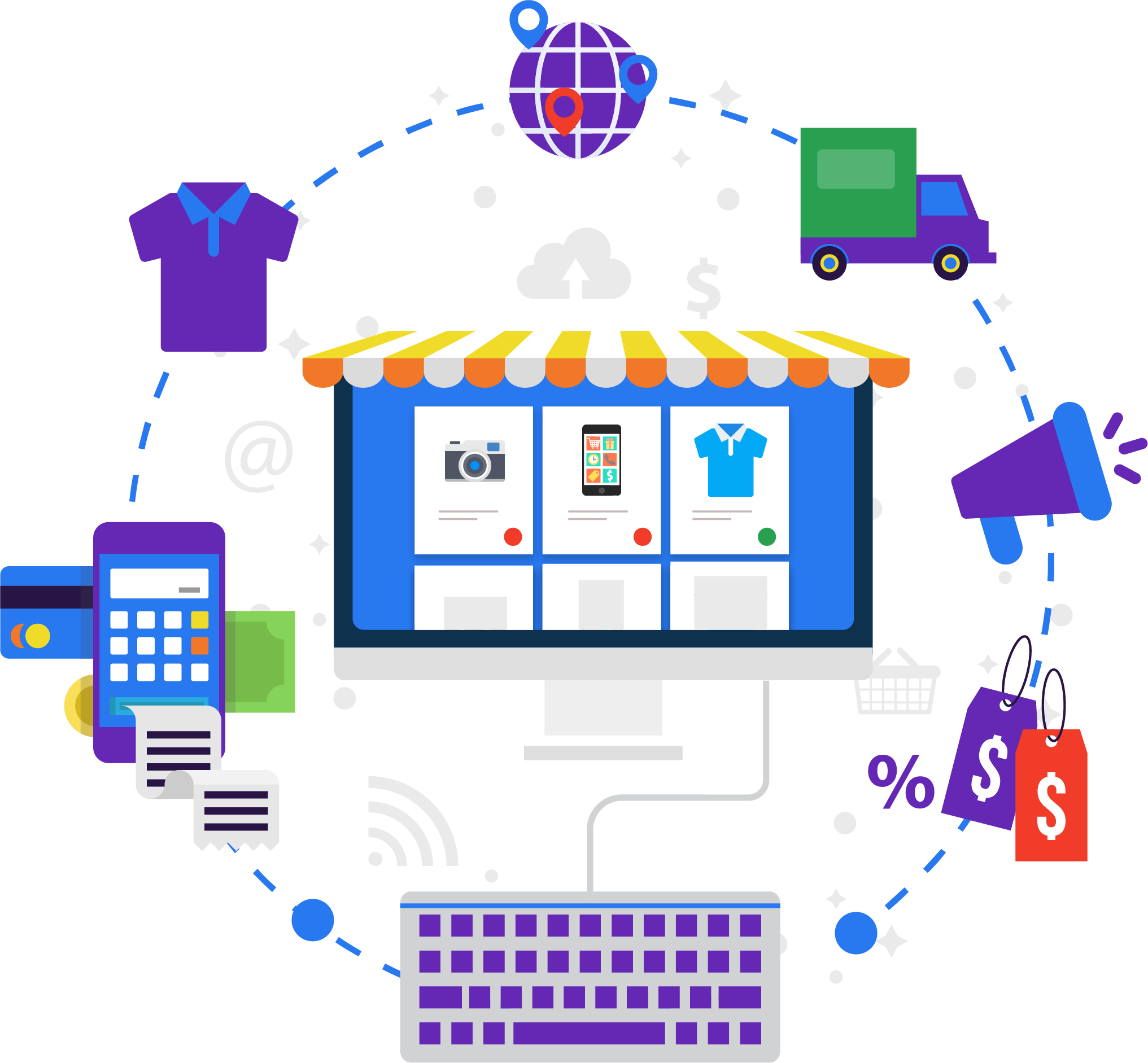
Pimcore Provides Multi-channel Shopping Experience Effortlessly
Effective synchronization with external systems for import and export of data via “connect anything” architecture of Pimcore ensure seamless, consistent, brand experiences across multiple channels and touchpoints. With multi-channel distribution, automated publishing across channels to interact with customers happens due to:
- Delivery of Commerce On any platform: Commerce can be conducted on social platforms, native apps, store experiences, conversational commerce, digital marketplaces, or IoT.
- Permanently Open Storefront: With an unprecedented expansion of customer touchpoints, in a 24/7 connected world, Pimcore’s headless commerce makes your business ever-ready.
- Personalized Engagement: Pimcore’s headless commerce promises limitless personalization by facilitating flexible, innovative customer-centric experiences no matter the device customers use.
Also read-
Why is PIM a Viable Multichannel Marketing Software for eCommerce?
CMS Agnostic Decoupled Commerce
A headless commerce platform is front-end agnostic, which means it has no single front-end system or can have multiple heads, so that it can be accessed by the user anywhere. Content can be published on any channel, or device through APIs. In this, front-end developers get a unique advantage to use their preferred tools and frameworks. It comes in handy for:
- Customization with the help of integrations that are most suitable for your particular business and your bottom-line.
- Personalization across all web assets, entire UX, as well as customer fulfillment due to tight API integrations.
- Speedy alterations that enable you to make quick changes to your front-end, without touching the back-end.
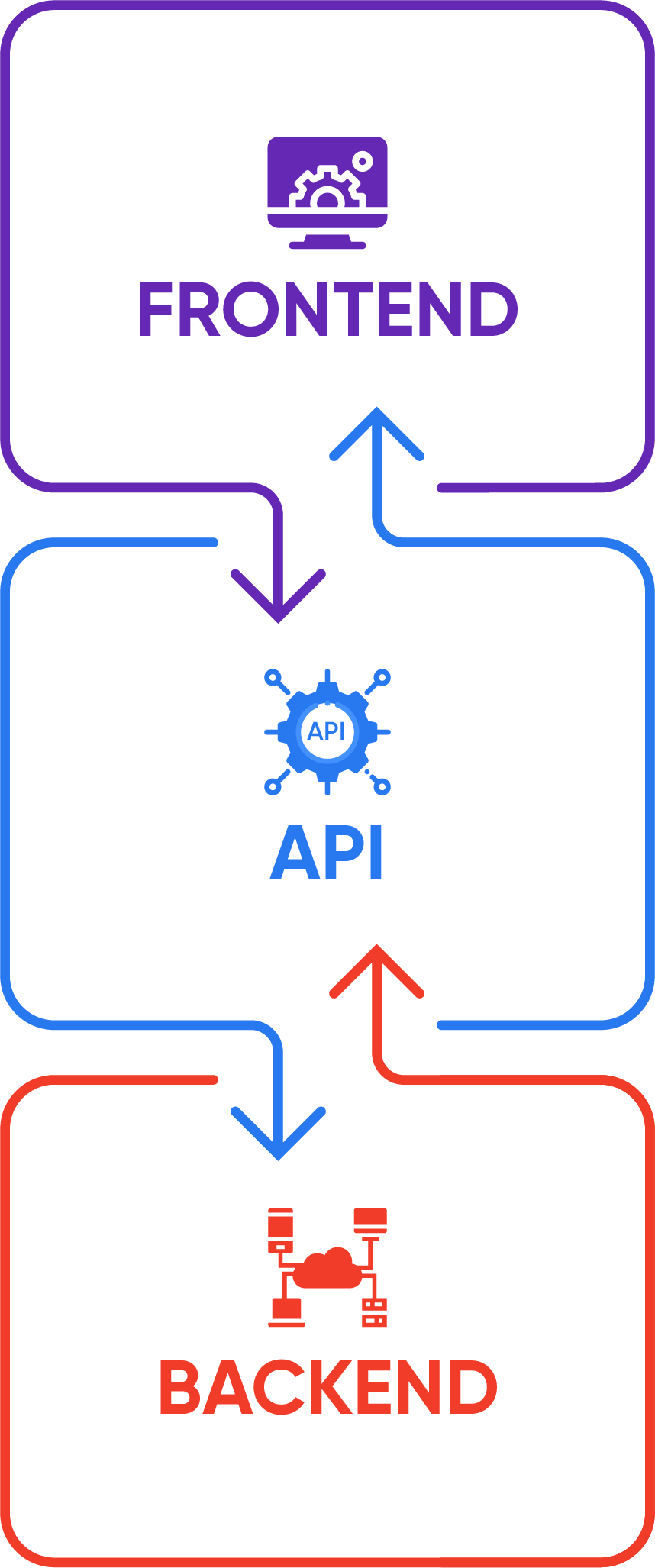
Pimcore Separates the Backend Functionality and Frontend Presentation
Pimcore’s decoupled, API-driven commerce solution can manage evolving needs of agile projects, handle complicated product and pricing structures, offer ample scope of individual checkouts and design, adapt with flexible promotions and multiple front-end apps, and handle multiple currencies, catalogs, product views, and price list. It:
- Empowers Marketers: Pimcore lets marketers regularly amend and up their game as per the needs and behavior of the market, due to complete flexibility.
- Empowers Developers: Along with an API driven architecture, Pimcore is powered by the most-up-to-date technology stack for developers to build first-rate eCommerce solutions.
- Empowers Customers: Customers can chart their own journeys, without worrying over the device or channel they use, and can rest assured that they will get the best possible buying experience.
Also read-
Open Source Commerce for Innovation
Open source commerce has become the ideal choice for enterprises looking for customizability and extensibility, needed for extraordinary results. It’s relatively easy with open source to adapt to technological innovations in the field of IoT, recommendation engines, and AI assistants, that have become common place to the digital commerce industry. Open source can:
- Handle the robustness, modularity and scale needed to build superior digital commerce engines required by enterprises today.
- Offer modularity that ensures faster development by ceasing over dependence on developers, making changes easily manageable.
- Play a key role when it comes to carving out fulfilling experiences, for shoppers as well as for administrative purposes.
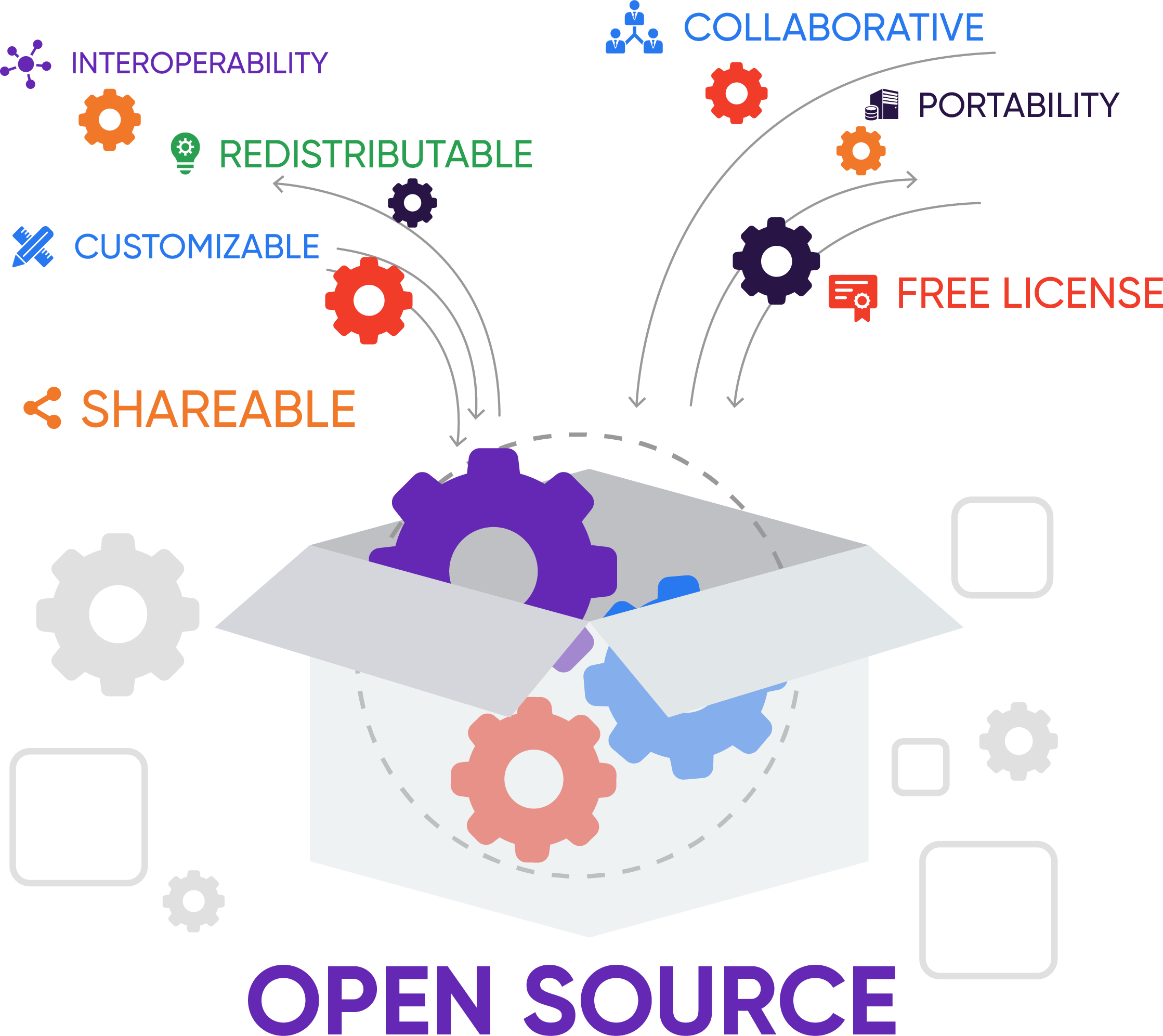
Pimcore Open Source Commerce Fuels Experience Driven Shopping
Pimcore’s open source eCommerce framework is highly flexible and robust, for creating custom B2B, B2C, and B2B2C omnichannel eCommerce solutions, no matter how complicated they might be. Besides, with separation of the presentation layer from the backend, it can be readily ascertained where commerce happens, and which data needs to be sent to the customer on what platform via APIs. Open source commerce benefits include:
- Low Total-cost of Ownership: Since open source comes without any vendor lock-in, humungous costs are saved, and software development expenses are slashed significantly.
- Open Code: Open code, due to its forever evolving character that enables customizations, is fit for exceptional innovations and quick improvements.
- Maximization of ROI: Through a high degree of flexibility, ease of use, and efficiency, open source cuts massive IT costs, besides boosting online sales.
- The Focus of Organizations is ‘Customer-Centric’
- The Paradigm Shift in Digital Commerce
- Comparison: Traditional Commerce vs Headless Commerce
- How Does the Architecture of Headless Commerce Work?
- Is Headless Commerce Right for You Now?
- Building Your Headless Commerce Implementation Plan